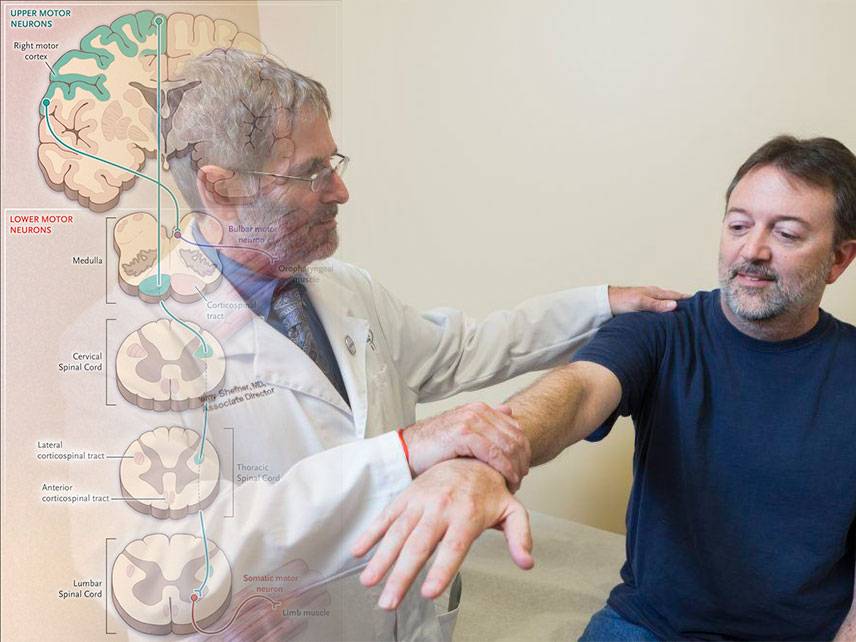Amyotrophic lateral sclerosis (ALS) is a progressive neurological disorder that affects the motor neurons in the brain and spinal cord. ALS is also known as Lou Gehrig’s disease, after the famous baseball player who was diagnosed with it.
Living with Amyotrophic lateral sclerosis
Signs and Symptoms
The early signs and symptoms of ALS vary widely and usually include muscle weakness, twitching, cramps, and stiffness. As the disease progresses, it can cause difficulty with breathing, speaking, swallowing, and walking. In some cases, people may experience numbness, pain, fatigue, and depression as well.
Causes
The exact cause of ALS is currently unknown. It is believed to be linked to genetic and environmental factors, as well as an interaction between the two.
Risk Factors
The risk factors for ALS include age, family history, and gender. People over the age of 50 are more likely to develop the disease, as well as men. Additionally, people who have a family history of ALS are more likely to develop the disease.
Prevention
Currently, there is no known way to prevent ALS. However, certain lifestyle choices, such as eating a healthy diet, exercising regularly, and avoiding smoking, can help to reduce the risk of developing the disease.
Diagnosis
ALS is typically diagnosed through a physical examination, medical history, and medical tests such as electromyography (EMG) and magnetic resonance imaging (MRI). Blood tests may also be used to rule out other conditions.
Treatment
Currently, there is no cure for ALS. However, there are treatments available to help manage the symptoms of the disease. These treatments may include medications, physical and occupational therapy, speech-language therapy, and nutritional support.
Coping and Support
Living with ALS can be very challenging. It is important to find support from family, friends, and healthcare professionals. Additionally, there are various support groups available to help people cope with the challenges of living with ALS.
Complications
ALS can lead to a number of complications, including difficulty breathing, difficulty speaking, and difficulty swallowing. Additionally, people with ALS often experience depression, anxiety, and fatigue.
Living with Amyotrophic Lateral Sclerosis
Living with ALS can be difficult, but there are many ways to manage the disease and maintain a good quality of life. It is important to stay positive and get support from family, friends, and healthcare professionals. Additionally, it is important to stay active and take part in activities that help to keep the body and mind healthy.
Amyotrophic lateral sclerosis (ALS) is a progressive neurological disorder that affects the motor neurons in the brain and spinal cord. It is important to be aware of the signs and symptoms of ALS and to seek medical attention if any of these signs or symptoms are present. Although there is currently no cure for ALS, there are treatments available to help manage the symptoms of the disease. Additionally, it is important to find support from family, friends, and healthcare professionals to help cope with the challenges of living with ALS.





